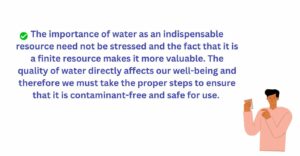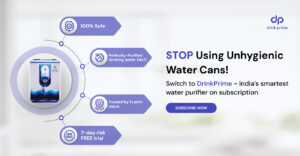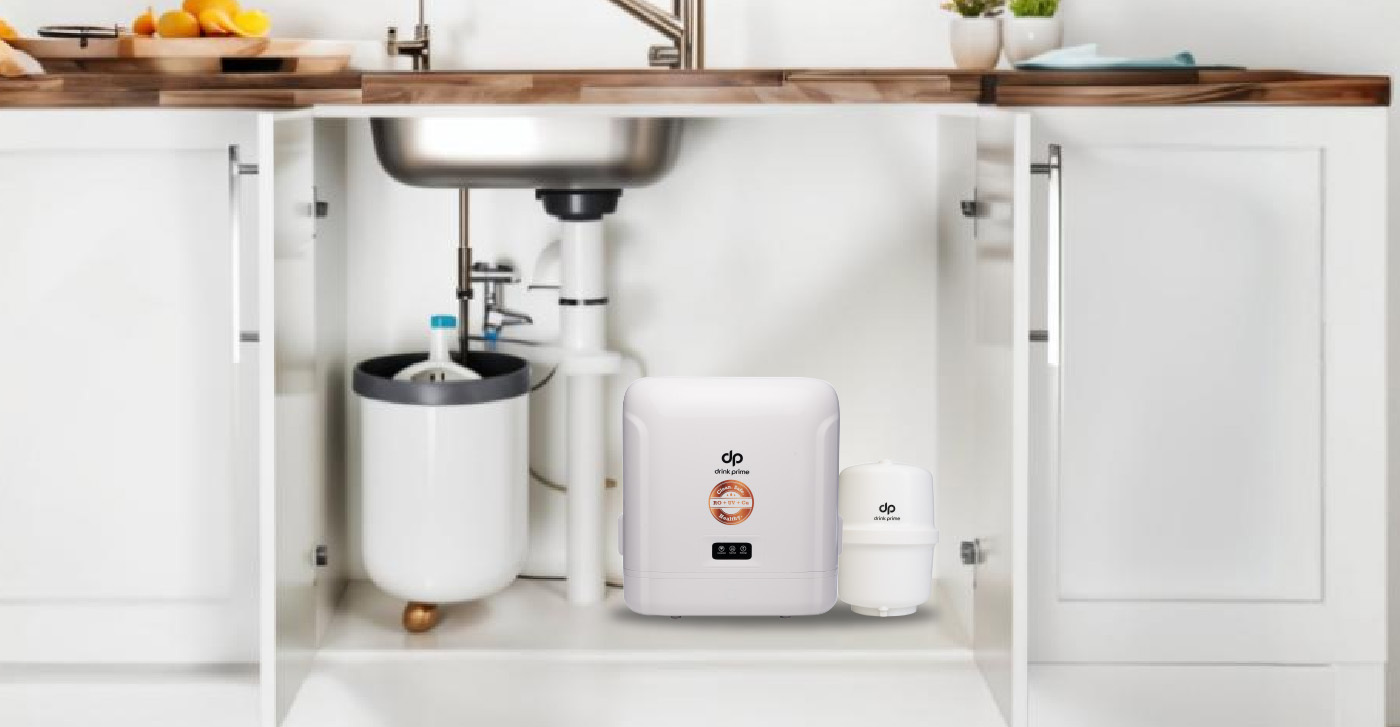Water is a common coefficient that binds us all together. All forms of life need to exist on this planet. In recent decades, rapid industrialization, indiscriminate use of chemicals, environmental pollution, etc. have led to widespread water pollution. Contaminated water is a stark reality that you must deal with constantly, whether you are using it for consumption or commercial purposes.
This is where water analysis and testing become imperative. In this blog, we investigate the various parameters that are used for water analysis and the technological advancements in this area, which help you ensure safe water for your needs.
Advancements in water quality monitoring

Even if you are not directly affected by the ill effects of contaminated water today, it is an unfortunate reality that you may have to contend with, in the future. Hence, you must be familiar with the guidelines in water testing and the advancements that have taken place in this area.
Broadly speaking there haven’t been many advancements in water quality testing and quality analysis since the 1950’s. This is because the system was working satisfactorily. Even so, there is always room for improvement in an era where rapid technological advancement is the norm of the day. This is true in water analysis as well where quicker and more efficient ways of contaminant identification are the need of the hour.
Light detection and employing electrochemical technology are integral parts of the new techniques used for the detection of contaminants. By computing factors such as light absorption and electrode irregularities, even minute traces of contaminants can be detected. The inexpensive nature of this technology, combined with the ease of usage makes it a popular choice among scientists and researchers.
Use of digital technology
The use of digital technology has impacted the area of water quality testing positively. Instead of having to wait for reams of data to be uploaded onto desktop computers, any information needed is now available on mobile devices at the press of a button.
Devices that are portable, and which can be tested on site have been a major advancement in the field of water testing. These devices which operate in real time allow for immediate action in case of contamination or quality issues. These are especially useful in remote villages where quick solutions can be provided, instead of having to wait for long drawn-out lab results, which may take a lot of time.
Parameters used in water analysis.

Consistent water testing and analysis are crucial to ensure the quality of the water that you consume. It helps to single out potential threats, discover and detect contaminants, and ensure that standard safety compliance is being adhered to.
This also helps to address any water-related issues quickly, implement the required solutions, and even take proactive steps to prevent water-related problems. These are some parameters that help analyze water quality.
1. Pathological contaminants
These Include microbiological pathogens like bacteria, viruses, etc. which can cause fatal waterborne diseases. The measurement of coliform bacteria and E. coli levels are some of the common tests that are used to detect microbiological contaminants and are especially useful for drinking water testing.
2. Chemical components
While assessing the quality of water, certain chemical factors like pH level, turbidity, dissolved oxygen, etc. are checked to measure the water quality. pH levels measure the acidity and alkalinity of water and determine the taste of water, its corrosion potential, and how effective the disinfection process will be.
Turbidity measures the suspended particles and affects the clarity and aesthetics of water. These parameters indicate the overall safety and quality of water.
3. Levels of toxicity
Analyzing toxicity levels is crucial, as it helps in understanding how these fluctuating levels impact aquatic life. Advanced analytical techniques and bioassays help in evaluating the harmful effects of these water samples on different forms of aquatic life.
4. Levels of nutrients
Keeping track of nutrients like nitrogen and phosphorus is crucial, as high levels can cause the blooming of harmful algae and depletion of oxygen in water bodies.
Detection of new contaminants: With rapid industrialization and newer industries coming up, contaminants like pharmaceuticals, microplastics, etc. are developing. So, advanced analysis methods are being developed to tackle even trace levels of such new contaminants.
Technological advancements in water analysis
1. Sensor technology
The field of water testing has seen tremendous improvement with the advent of real-time sensors which are portable as well. These devices can provide information and data on parameters like pH level, turbidity, temperature, etc. This translates into getting instantaneous solutions and responses to water quality issues.
2. DNA-based analysis
Microbial forms in water samples can be identified and analyzed with the help of advanced sequencing techniques. This is useful to find out the structure and composition of the microbe as well as the potential health hazards it can lead to.
3. Remote sensing and GIS
Geographic information systems along with remote sensing technologies help in extensive tracking and analysis of large water bodies. Crucial factors like sources of pollution and changes in the water bodies over time can be thoroughly analyzed with the combination of these cutting-edge technologies.
4. Advanced spectroscopy
UV-Vis spectroscopy, and infrared spectroscopy are some of the advanced technological innovations in the field of water analysis. They allow us to identify contaminants based on their absorption spectra. This allows for quick analysis of samples which is not destructive in any way.
5. Data analytics and AI
These are big names in the fields of technology, and it is also very used in water quality testing. They help to process extensive quantities of data related to water quality. These algorithms can identify patterns, predict potential contamination threats, and even optimize the strategies used to monitor the water bodies.
Get 7 Days Risk Free Trial
Conclusion
The importance of water as an indispensable resource need not be stressed and the fact that it is a finite resource makes it more valuable. The quality of water directly affects our well-being and therefore we must take the proper steps to ensure that it is contaminant-free and safe for use. Water quality testing and analysis is a component that will help achieve this goal. The safety and reliability of our water supplies hinges on a robust water analysis, which employs the latest technology.




